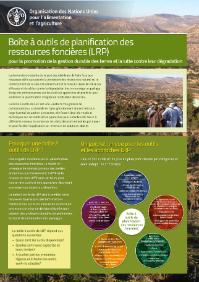Bhutan Forest Note
The Bhutan Forest Note articulates opportunities for supporting Bhutan's sustainable development aspirations, including its constitutional commitment to maintain at least 60 percent of the country's land area under forest cover and to better respond or prepare for vulnerabilities such as climate change and natural disasters. The note presents a forward-looking business case for Bhutan to support an increase in forest utilization without jeopardizing the integrity of forest and non-forest ecosystems.






